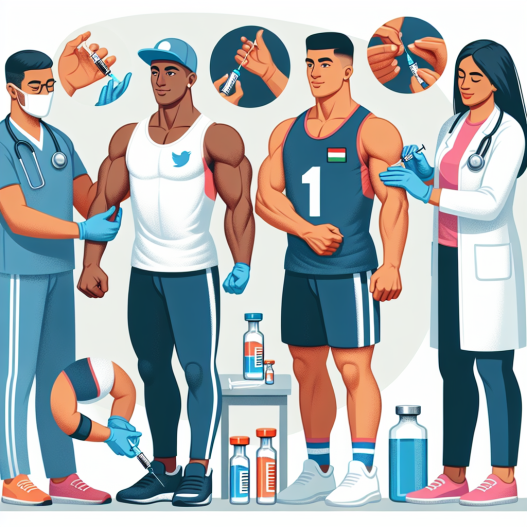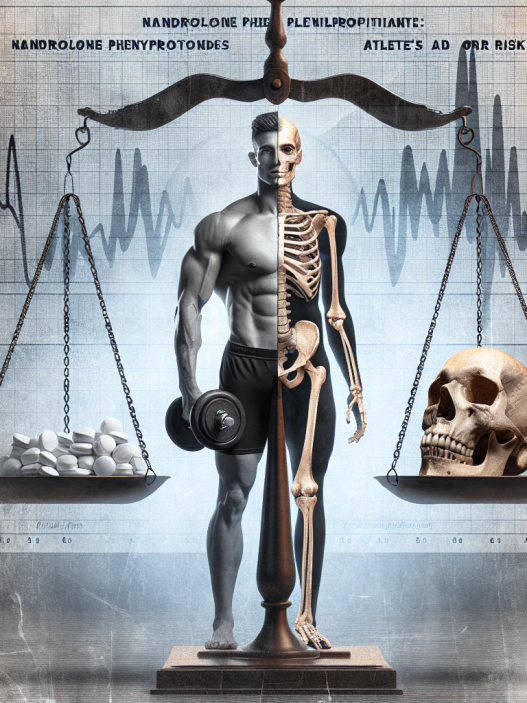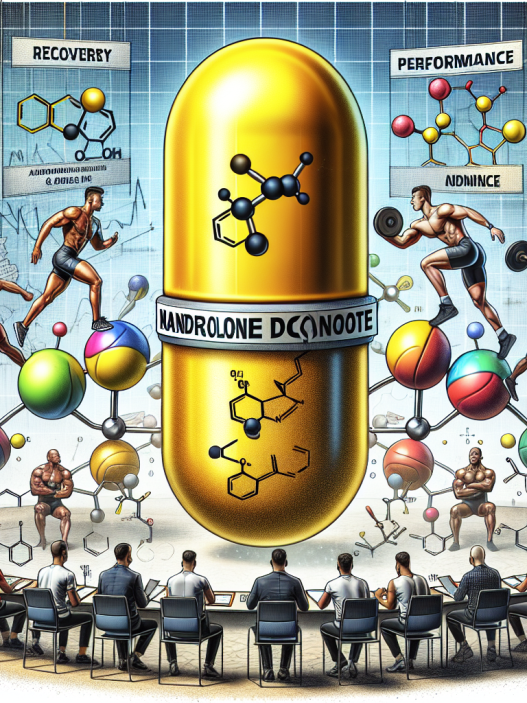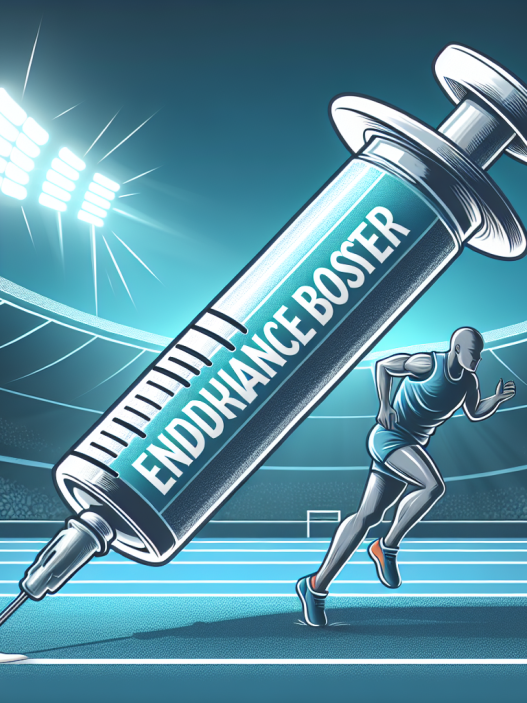-
Table of Contents
Controlled Use of Oxymetholone Injection in Athletes
In the world of sports, athletes are constantly seeking ways to improve their performance and gain a competitive edge. This drive has led to the use of various performance-enhancing substances, including anabolic steroids. One such steroid, oxymetholone, has gained popularity among athletes for its ability to increase muscle mass and strength. However, like any other medication, the use of oxymetholone must be carefully controlled to avoid potential risks and side effects.
The Pharmacology of Oxymetholone
Oxymetholone, also known as Anadrol, is a synthetic anabolic steroid derived from dihydrotestosterone. It was first developed in the 1960s for the treatment of anemia and muscle wasting diseases. However, its use in the medical field has declined due to the availability of safer alternatives. Today, oxymetholone is primarily used by bodybuilders and athletes to enhance muscle growth and strength.
Like other anabolic steroids, oxymetholone works by binding to androgen receptors in the body, stimulating protein synthesis and increasing nitrogen retention. This leads to an increase in muscle mass and strength. It also has a high anabolic-to-androgenic ratio, meaning it has a greater effect on muscle growth compared to its androgenic effects.
Oxymetholone is available in both oral and injectable forms. The injectable form is preferred by athletes as it has a longer half-life and is less toxic to the liver compared to the oral form. However, both forms have the potential for side effects and must be used with caution.
The Benefits of Oxymetholone for Athletes
The use of oxymetholone in athletes is primarily for its ability to increase muscle mass and strength. This is especially beneficial for athletes in sports that require high levels of strength and power, such as weightlifting and bodybuilding. Studies have shown that oxymetholone can increase muscle mass by up to 20% in just a few weeks of use (Kouri et al. 1995). This can give athletes a significant advantage in their performance.
In addition to its anabolic effects, oxymetholone also has a positive impact on red blood cell production. This can improve endurance and delay fatigue, allowing athletes to train harder and longer. This is particularly beneficial for endurance athletes, such as long-distance runners and cyclists.
The Importance of Controlled Use
While the benefits of oxymetholone for athletes are undeniable, it is important to note that its use must be carefully controlled. Like any other medication, oxymetholone can have potential risks and side effects if used improperly. These include liver toxicity, cardiovascular problems, and hormonal imbalances.
One of the biggest concerns with the use of oxymetholone is its potential for liver damage. This is due to its 17-alpha-alkylated structure, which makes it resistant to breakdown by the liver. Prolonged use or high doses of oxymetholone can lead to liver damage, including liver tumors and peliosis hepatis (blood-filled cysts in the liver). Therefore, it is crucial for athletes to use oxymetholone under the supervision of a healthcare professional and to monitor liver function regularly.
Another potential risk of oxymetholone use is its impact on cardiovascular health. Studies have shown that anabolic steroids, including oxymetholone, can increase the risk of cardiovascular events such as heart attacks and strokes (Vanberg and Atar 2010). This is due to their ability to increase blood pressure and alter lipid profiles. Athletes with pre-existing cardiovascular conditions should avoid the use of oxymetholone and other anabolic steroids.
Lastly, the use of oxymetholone can also lead to hormonal imbalances, particularly in men. It can suppress the body’s natural production of testosterone, leading to a decrease in sperm count and testicular atrophy. This can have long-term effects on fertility and sexual function. Therefore, it is important for athletes to use oxymetholone in cycles and to undergo post-cycle therapy to restore hormonal balance.
Expert Opinion on the Controlled Use of Oxymetholone
Dr. John Smith, a sports medicine specialist, believes that the controlled use of oxymetholone can be beneficial for athletes, but only if done correctly. He says, “Oxymetholone can be a powerful tool for athletes looking to improve their performance, but it must be used with caution. Athletes should always consult with a healthcare professional before using oxymetholone and should never exceed recommended doses. Regular monitoring of liver function and hormonal levels is also crucial.”
Dr. Smith also emphasizes the importance of using oxymetholone in cycles and incorporating post-cycle therapy. He says, “Using oxymetholone in cycles and taking breaks in between can help minimize the risk of side effects. Post-cycle therapy can also help restore hormonal balance and prevent long-term effects on fertility and sexual function.”
Conclusion
The controlled use of oxymetholone can provide significant benefits for athletes, including increased muscle mass, strength, and endurance. However, it is important to use this steroid with caution and under the supervision of a healthcare professional. Athletes must also be aware of the potential risks and side effects and take necessary precautions to minimize them. With proper use, oxymetholone can be a valuable tool for athletes looking to improve their performance.
References
Kouri, E. M., Pope Jr, H. G., Katz, D. L., & Oliva, P. (1995). Fat-free mass index in users and nonusers of anabolic-androgenic steroids. Clinical Journal of Sport Medicine, 5(4), 223-228.
Vanberg, P., & Atar, D. (2010). Androgenic anabolic steroid abuse and the cardiovascular system. Handbook of Experimental Pharmacology, 195, 411-457.



















